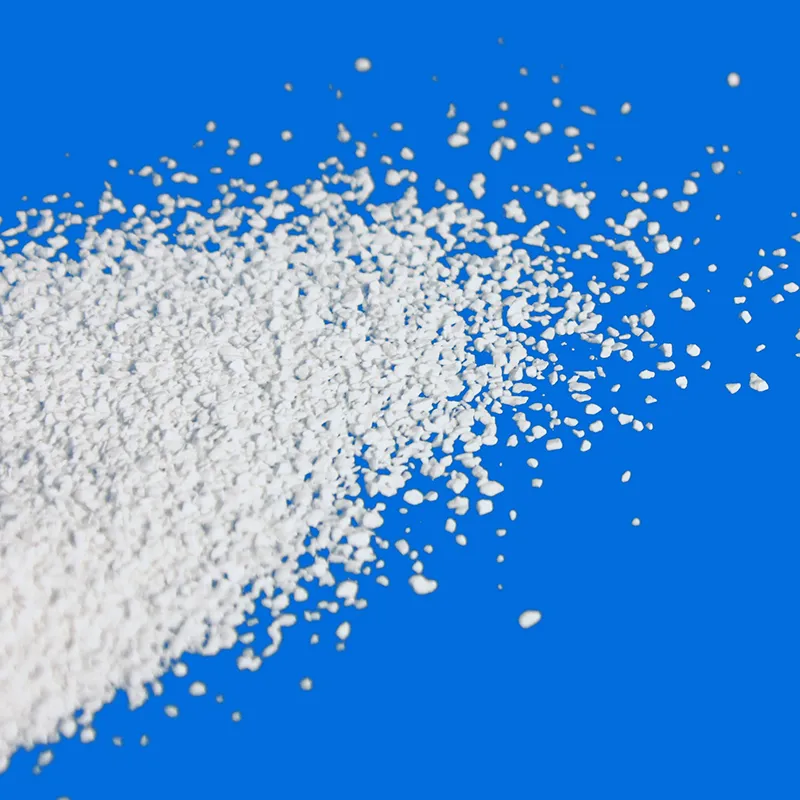
Current Market Trends for Sodium Acid Pyrophosphate Pricing and Availability Analysis
Understanding the Pricing of Sodium Acid Pyrophosphate
Sodium acid pyrophosphate (SAPP) is an important food additive and chemical, primarily used as a leavening agent in baking products, a sequestrant in food processing, and a buffering agent in various applications. The pricing of SAPP is influenced by several key factors, including production costs, supply and demand dynamics, and market trends within the food and chemical industries.
Market Demand
The demand for sodium acid pyrophosphate is closely tied to the food industry, where it is widely utilized. As consumers increasingly seek convenience foods, including prepared meals and baked goods, the demand for leavening agents like SAPP has grown significantly. Additionally, the expansion of the global food market has resulted in increased consumption of processed foods, driving up the need for SAPP. As this trend continues, manufacturers may see fluctuating prices based on the quantity of SAPP required in production.
Production Costs
The production cost of sodium acid pyrophosphate involves several components, including raw material costs, energy expenses, labor costs, and manufacturing processes. The primary raw materials used to produce SAPP include phosphorus, sodium carbonate, and water. Any variation in the availability or price of these input materials will directly impact the overall cost of producing SAPP, consequently affecting its market price. For instance, if the price of phosphate rock rises due to scarcity or increased demand from other sectors, this will likely lead to an increase in SAPP prices.
Global Economic Factors
sodium acid pyrophosphate price

Economic factors play a significant role in the pricing of chemical products, including SAPP. Fluctuations in currency exchange rates, trade policies, and tariffs can affect international trade dynamics. For instance, if the U.S. imposes tariffs on imported chemical products, the cost of imported SAPP could rise, influencing domestic prices as well. Similarly, global economic stability can impact transportation costs, which are critical in the distribution of SAPP across various markets.
Technological Advances
Advancements in production technology can also affect the price of sodium acid pyrophosphate. Innovative manufacturing processes that enhance efficiency or reduce waste can lead to lower production costs, which may translate into more competitive pricing in the marketplace. Additionally, companies that invest in improved production techniques may gain a competitive edge, enabling them to offer SAPP at more favorable rates compared to their competitors.
Sustainability Considerations
As sustainability becomes an increasingly important factor in the food and chemical industries, the sourcing and production processes for SAPP are also being scrutinized. Companies are under pressure to adopt environmentally friendly practices and minimize their carbon footprint. This shift can lead to higher production costs in the short term, as companies invest in sustainable practices. In the long run, however, those investing in sustainable production may find themselves in a better market position, potentially influencing the pricing structure.
Conclusion
In summary, the price of sodium acid pyrophosphate is influenced by various factors, including market demand, production costs, economic conditions, technological advancements, and sustainability considerations. As the food and chemical industries continue to evolve, understanding these dynamics is essential for businesses and consumers alike. By staying informed about these trends, stakeholders can make better decisions regarding the purchase and use of sodium acid pyrophosphate in various applications.
-
Pure Sodium Dichloroisocyanurate Dihydrate | Powerful DisinfectantNewsAug.29,2025
-
Industrial Chemicals: Quality & Purity for Every IndustryNewsAug.28,2025
-
Nitrile Rubber Honoring Strict Production StandardsNewsAug.22,2025
-
Aspartame Ingredients Honoring Food Safety ValuesNewsAug.22,2025
-
Fertilizer for Balanced Plant NutritionNewsAug.22,2025
-
Cyanide Gold Processing with High Purity AdditivesNewsAug.22,2025
-
Formic Acid in Textile Dyeing ApplicationsNewsAug.22,2025
Hebei Tenger Chemical Technology Co., Ltd. focuses on the chemical industry and is committed to the export service of chemical raw materials.
-

view more DiethanolisopropanolamineIn the ever-growing field of chemical solutions, diethanolisopropanolamine (DEIPA) stands out as a versatile and important compound. Due to its unique chemical structure and properties, DEIPA is of interest to various industries including construction, personal care, and agriculture. -

view more TriisopropanolamineTriisopropanolamine (TIPA) alkanol amine substance, is a kind of alcohol amine compound with amino and alcohol hydroxyl, and because of its molecules contains both amino and hydroxyl. -

view more Tetramethyl Thiuram DisulfideTetramethyl thiuram disulfide, also known as TMTD, is a white to light-yellow powder with a distinct sulfur-like odor. It is soluble in organic solvents such as benzene, acetone, and ethyl acetate, making it highly versatile for use in different formulations. TMTD is known for its excellent vulcanization acceleration properties, which makes it a key ingredient in the production of rubber products. Additionally, it acts as an effective fungicide and bactericide, making it valuable in agricultural applications. Its high purity and stability ensure consistent performance, making it a preferred choice for manufacturers across various industries.





